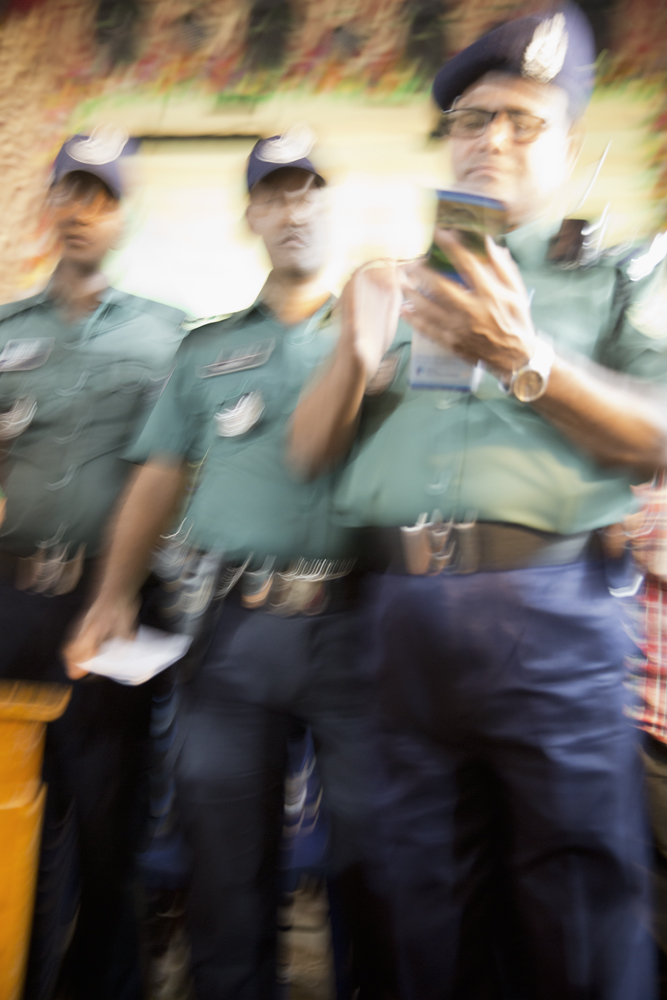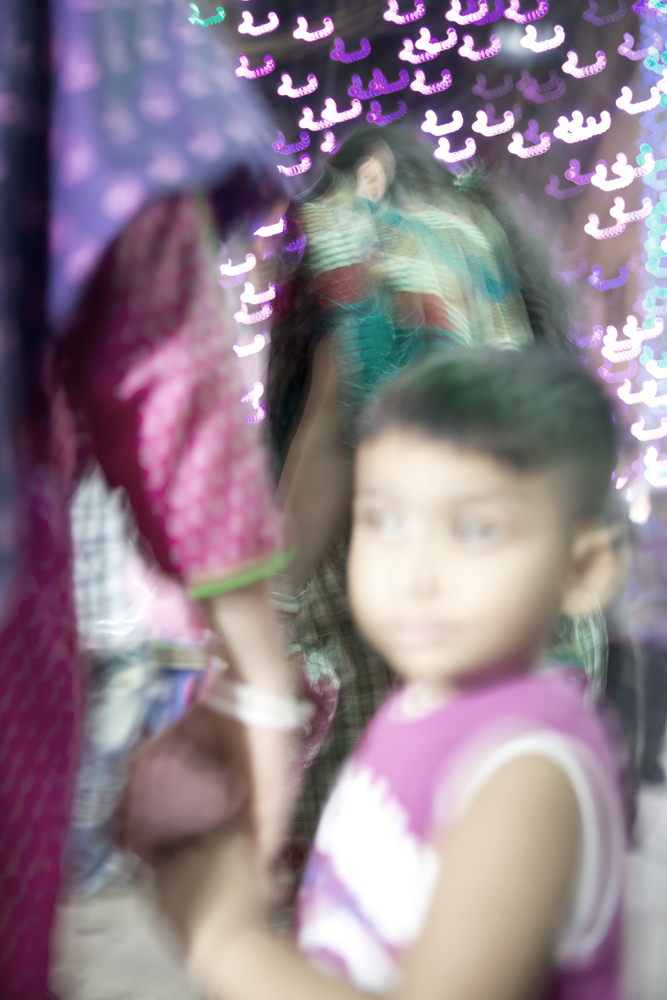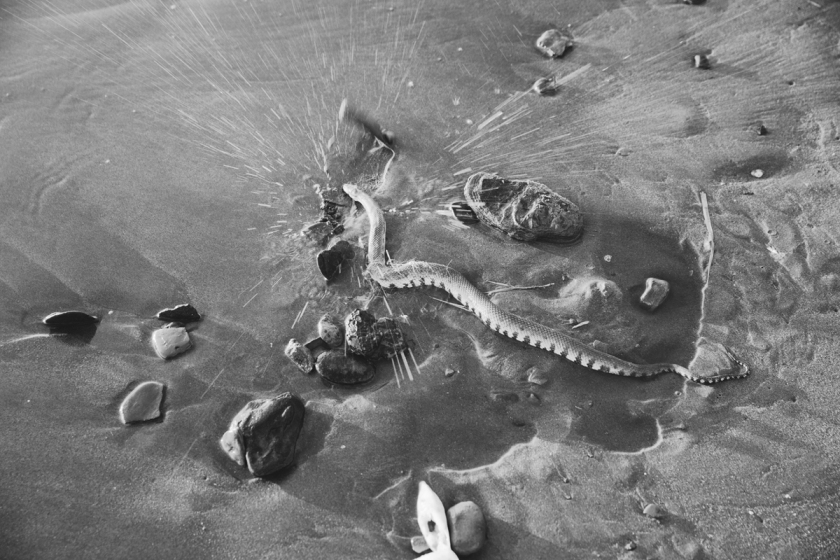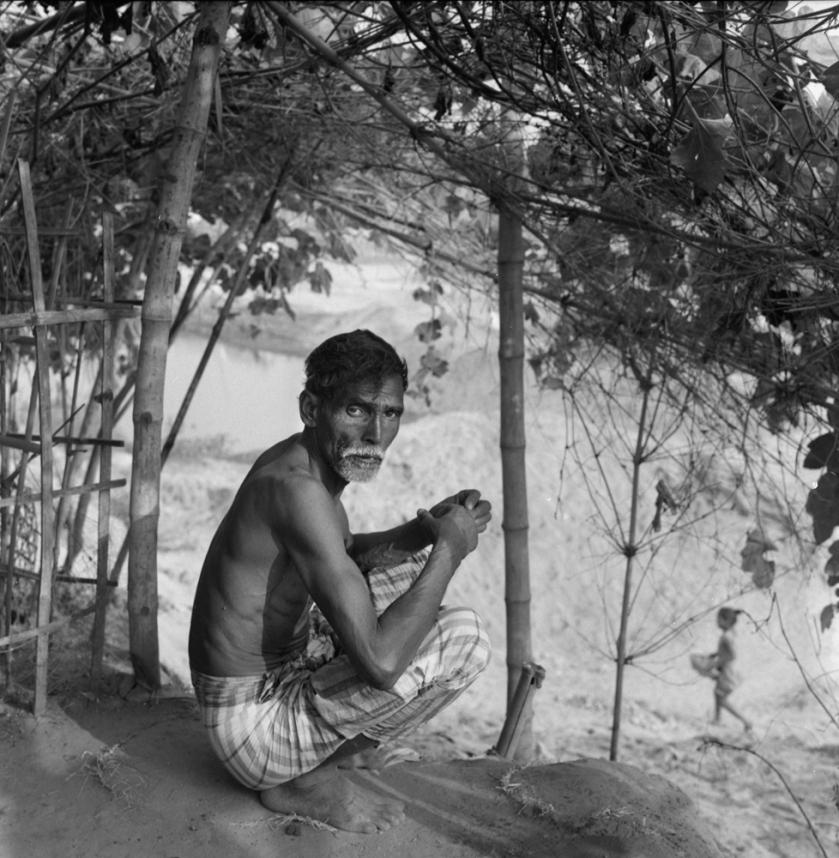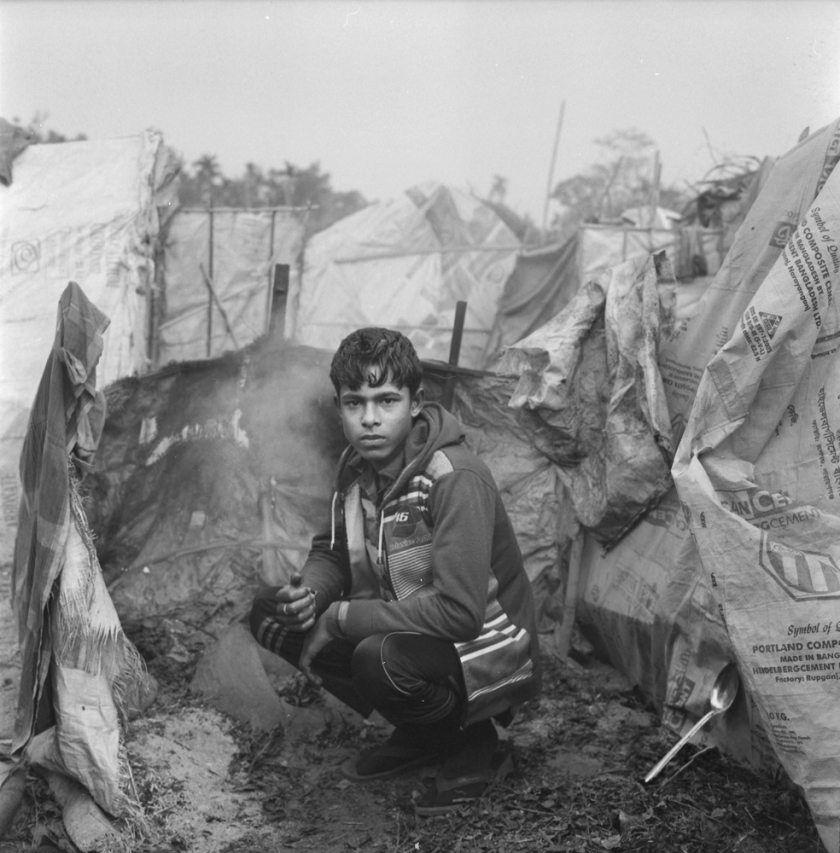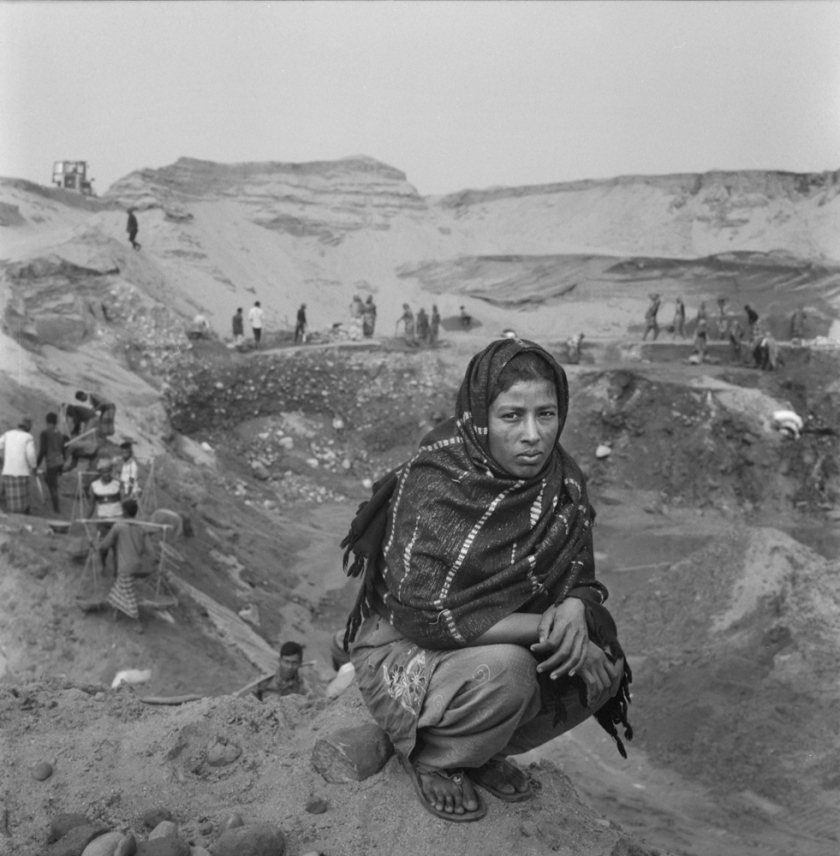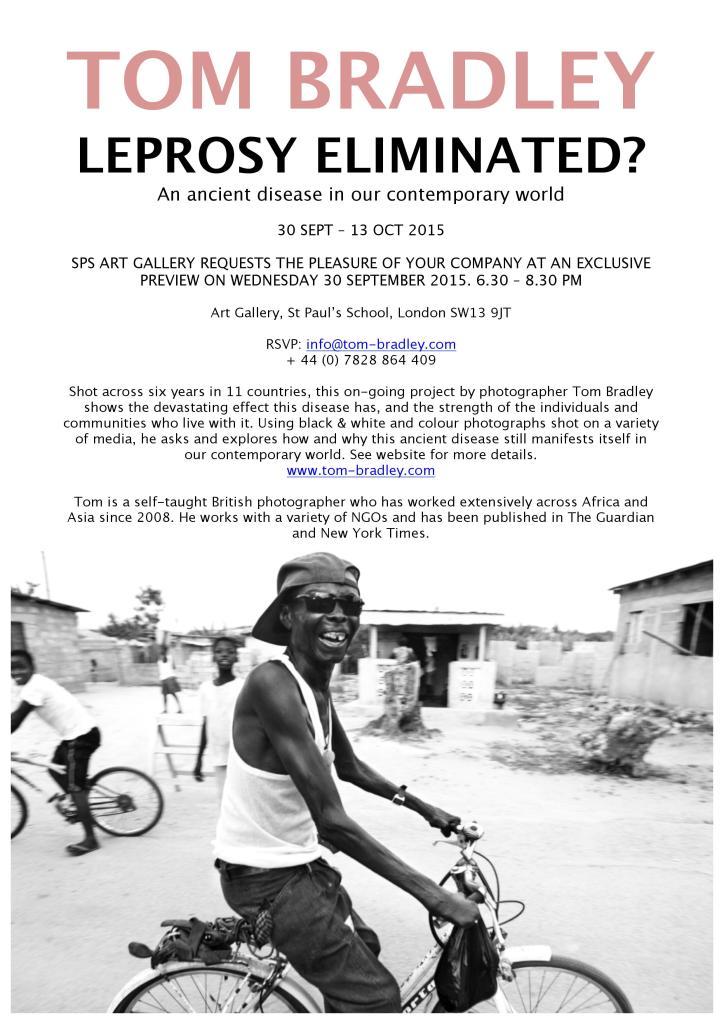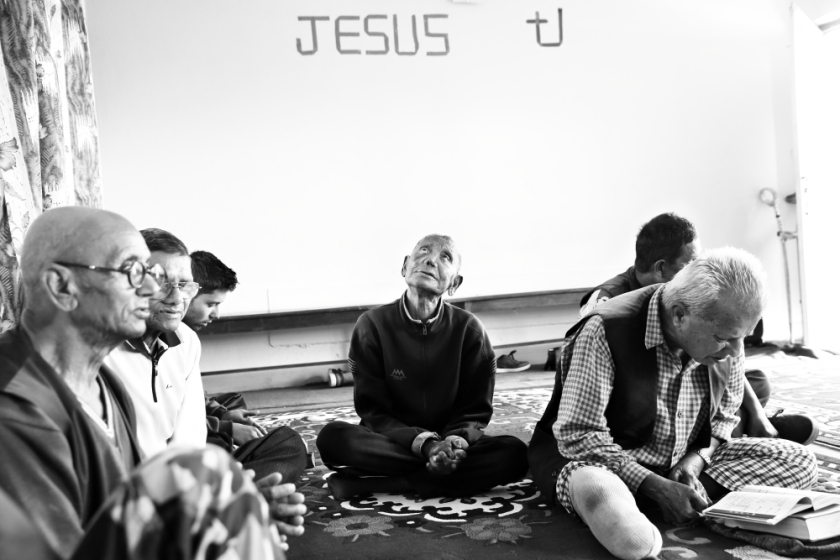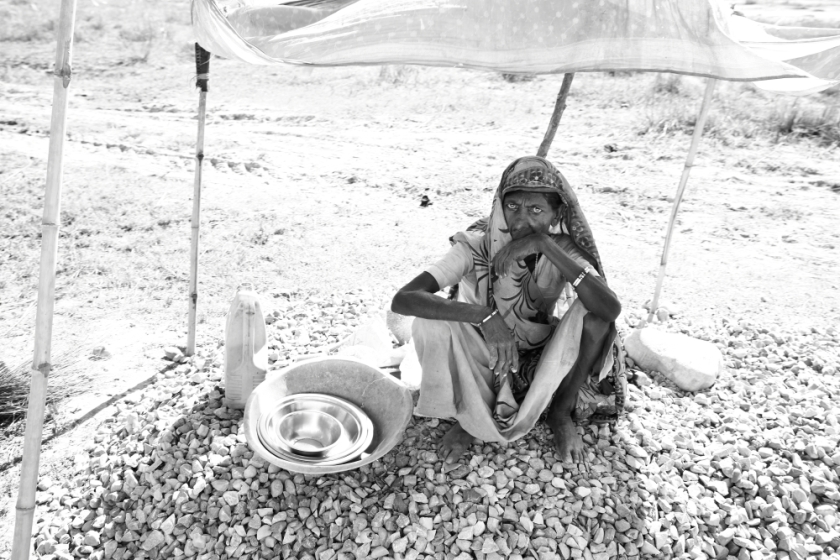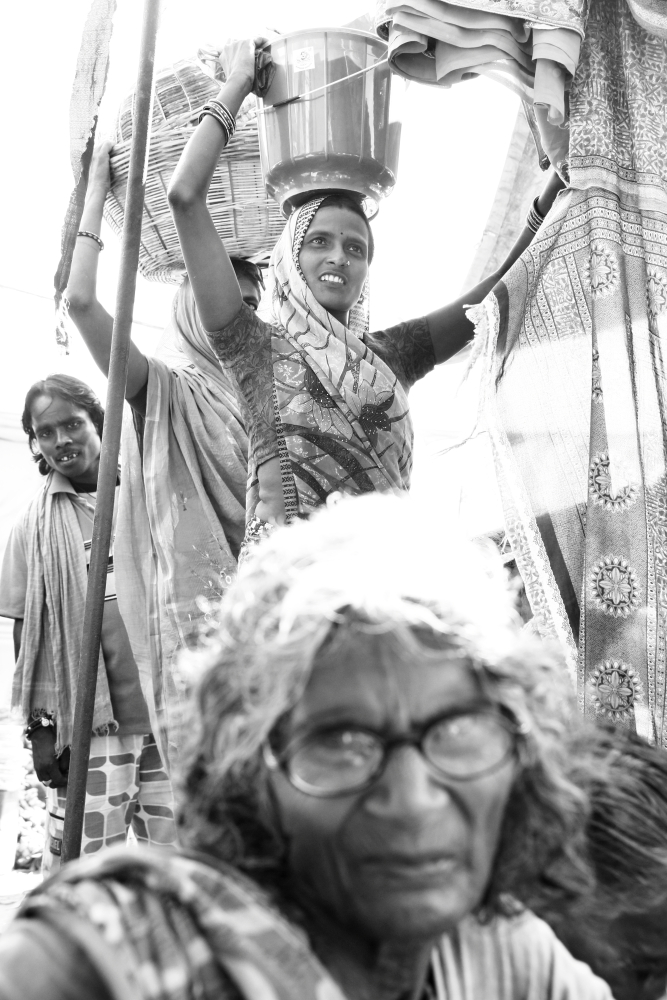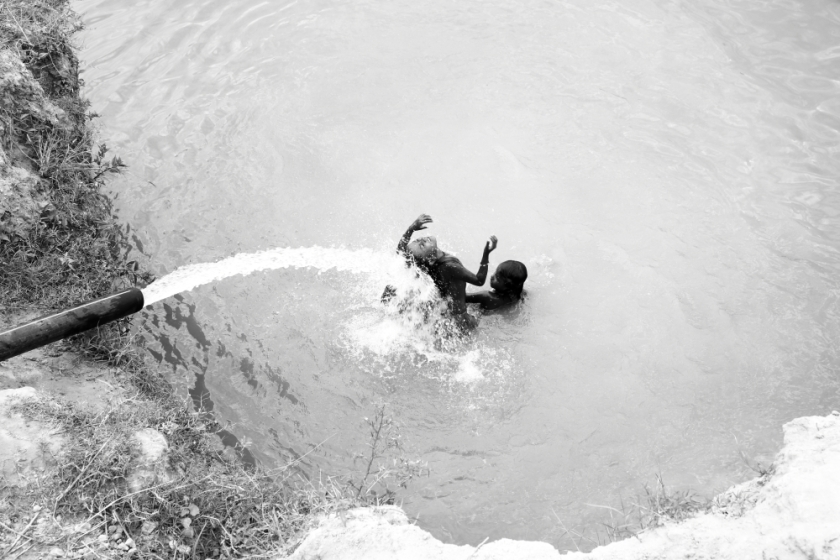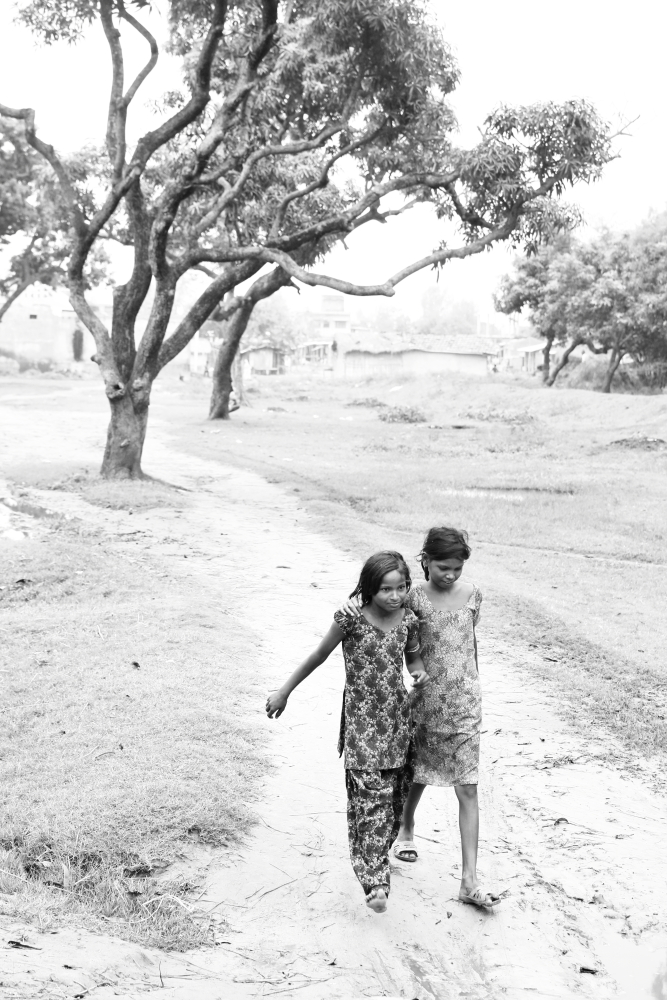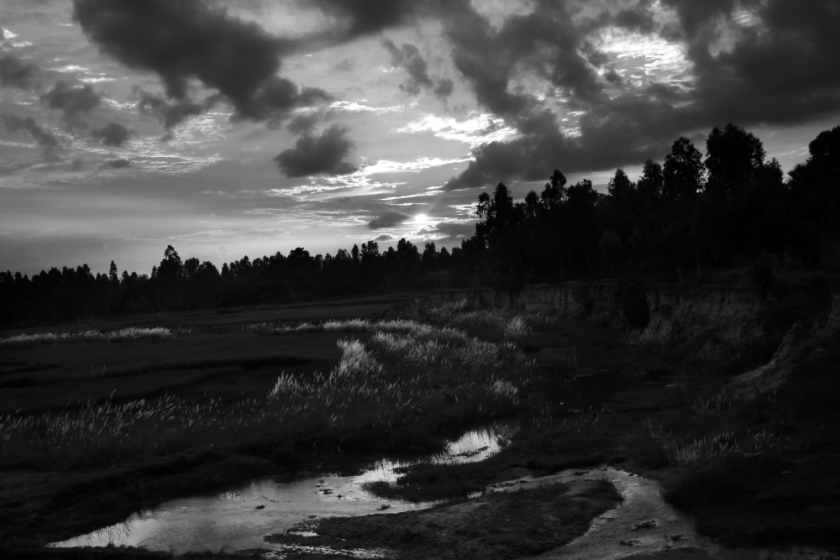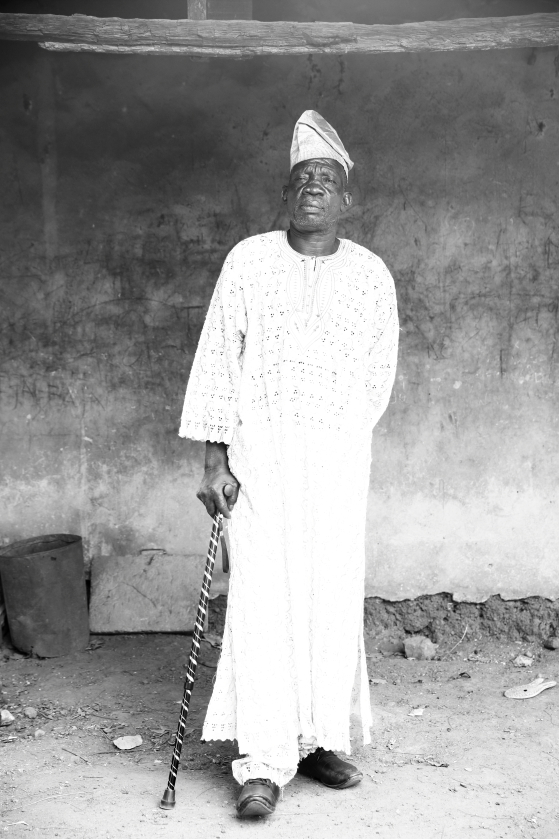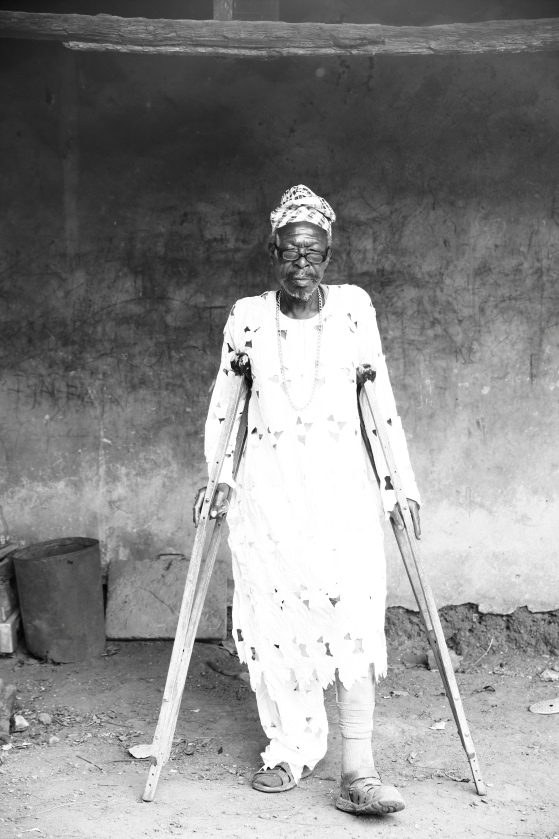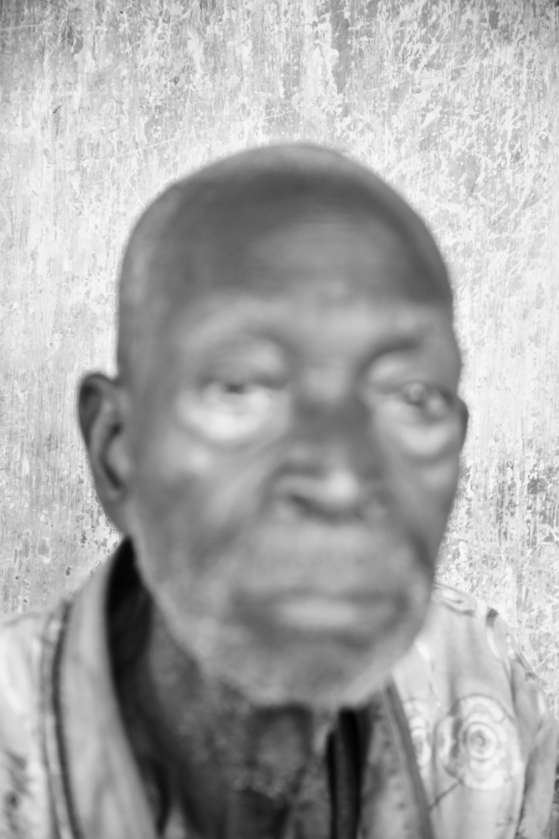For 5 years now I’ve been taking photos from my travels with (mainly) old expired film I’ve acquired, on an old and damaged Ricoh R1 35mm point and shoot film camera. I’ve only recently developed the film, and scanned a few rolls myself (still learning!). Here are some of the results (the orange bands at the side is because the camera lets light in through a crack).
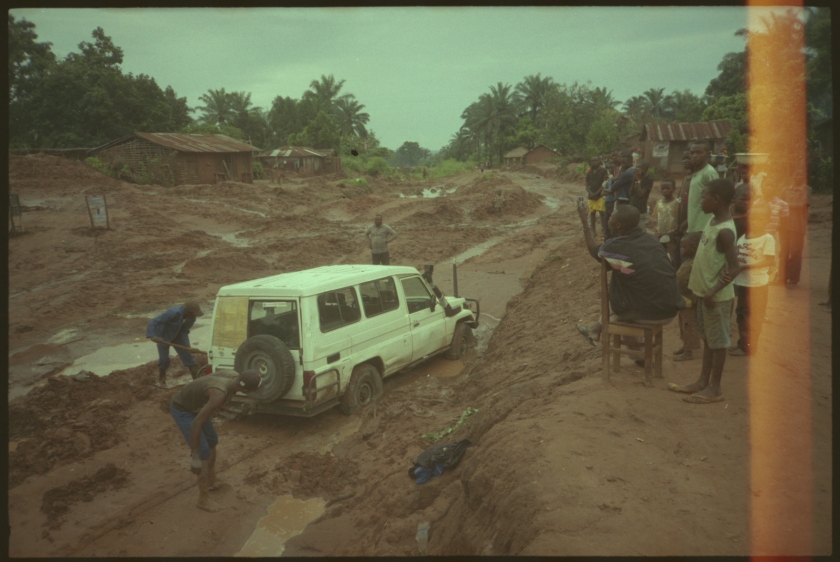 We got stuck for four hours in this mud bath. The driver thought it would be easier than going a different route. Obviously it was an incorrect decision. He got some local guys to dig a lower hole (on the other part of the road) to drain the water to there and then eventually push it out backwards. Kasai-Occidentale, Democratic Republic of Congo 2014
We got stuck for four hours in this mud bath. The driver thought it would be easier than going a different route. Obviously it was an incorrect decision. He got some local guys to dig a lower hole (on the other part of the road) to drain the water to there and then eventually push it out backwards. Kasai-Occidentale, Democratic Republic of Congo 2014
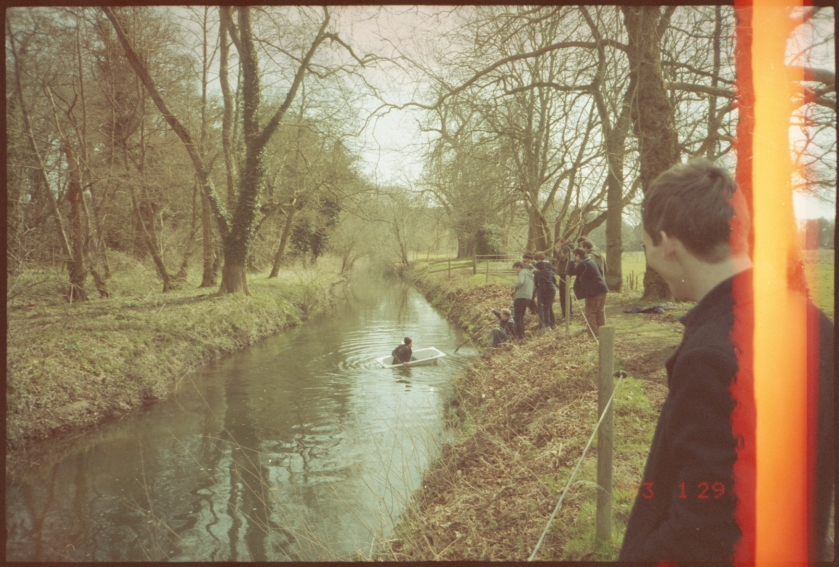 While on the Easter House Party, one of the leaders finds a bath and tries to take it out into the middle of an old moat. Farnham, UK 2013
While on the Easter House Party, one of the leaders finds a bath and tries to take it out into the middle of an old moat. Farnham, UK 2013
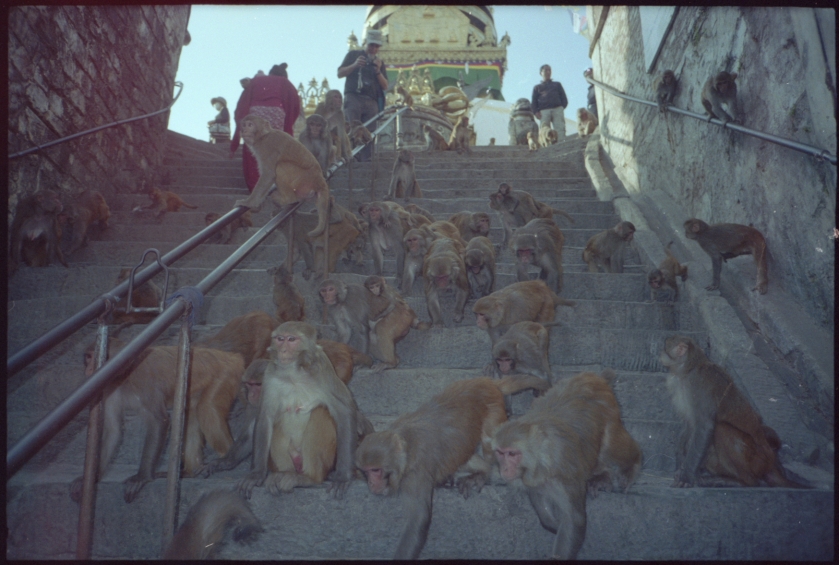 Monkeys descending the steps of the Swayambhunath temple. Kathmandu, Nepal 2012
Monkeys descending the steps of the Swayambhunath temple. Kathmandu, Nepal 2012
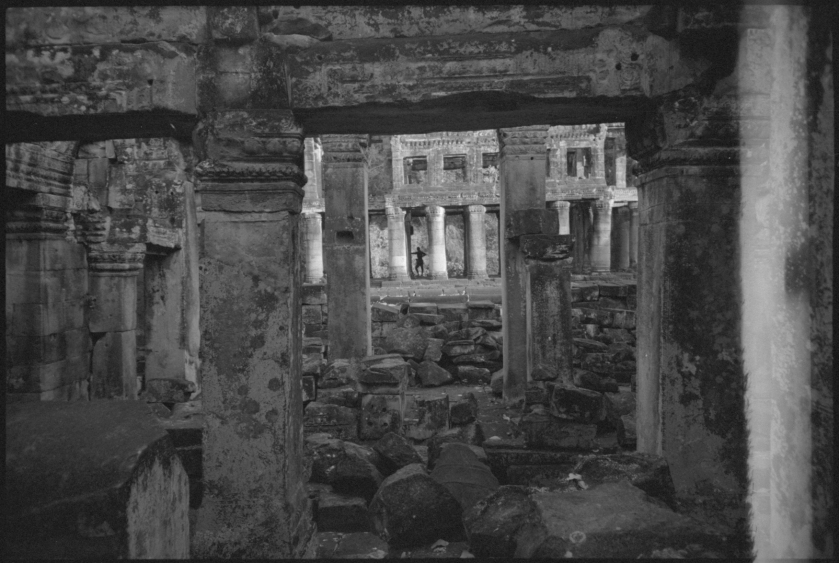 One of the temples of Angkor (I can’t for the life of me remember which one). I bought a single roll of Kodak Tri-X specifically for the visit in a very expensive camera shop in Bangkok. Angkor, Cambodia, 2012
One of the temples of Angkor (I can’t for the life of me remember which one). I bought a single roll of Kodak Tri-X specifically for the visit in a very expensive camera shop in Bangkok. Angkor, Cambodia, 2012
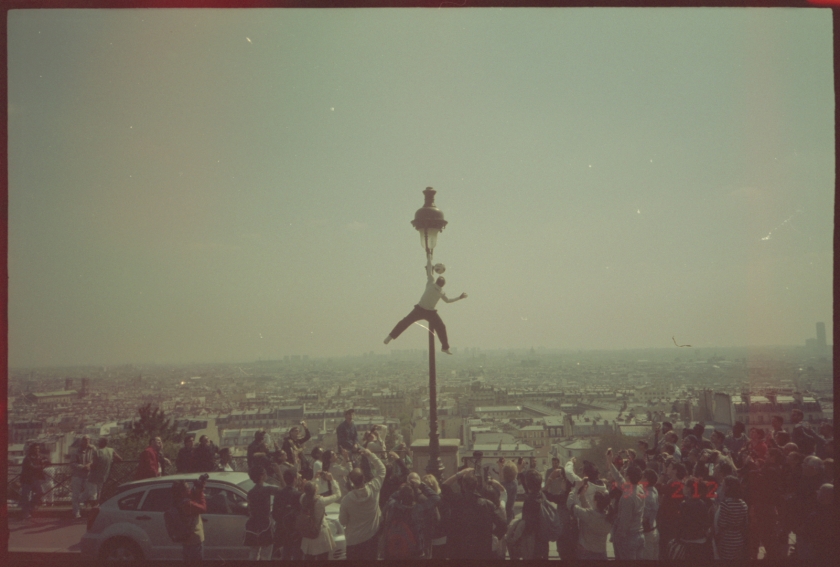 That guy who does kick ups up a lamp post on Montmartre, overlooking the city. You’ve probably seen him on YouTube. Amazing. He did drop it once though… Paris, France 2013
That guy who does kick ups up a lamp post on Montmartre, overlooking the city. You’ve probably seen him on YouTube. Amazing. He did drop it once though… Paris, France 2013
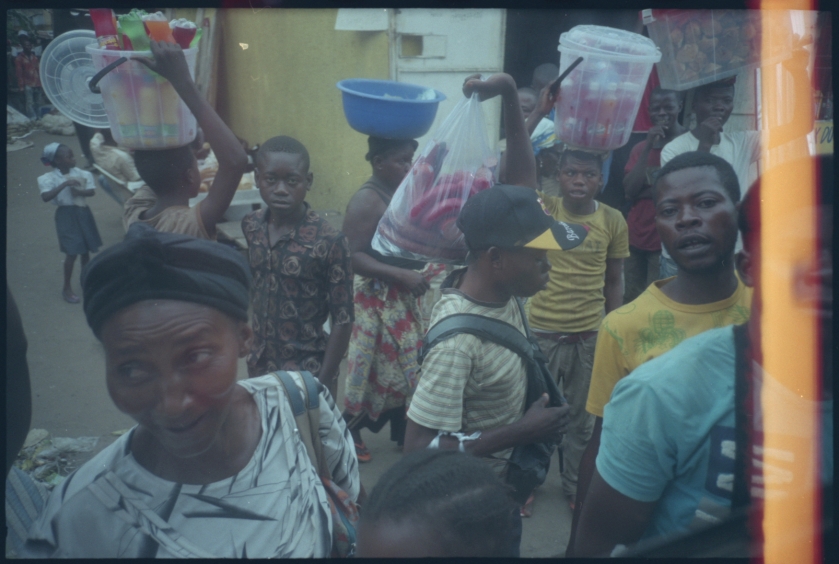 I took this out through the window of a bus I was travelling in. Previous to this I had the window open and was photographing out of it with my phone. But then some guy reached in and tried to grab it. So I closed the window. Kinshasa, Democratic Republic of Congo 2014
I took this out through the window of a bus I was travelling in. Previous to this I had the window open and was photographing out of it with my phone. But then some guy reached in and tried to grab it. So I closed the window. Kinshasa, Democratic Republic of Congo 2014
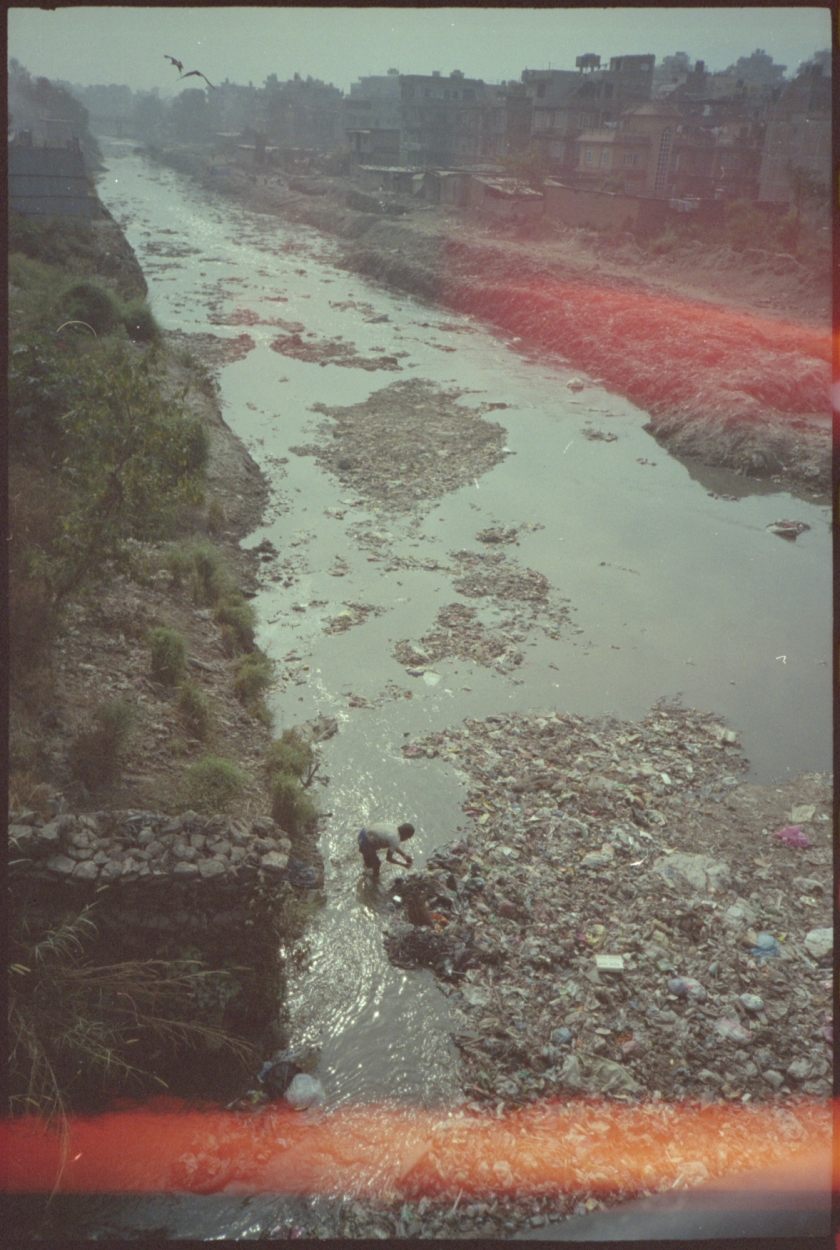 I think this is the Bagmati river that flows through Kathmandu. Whichever river it is, it’s pretty filthy. Kathmandu, Nepal 2013
I think this is the Bagmati river that flows through Kathmandu. Whichever river it is, it’s pretty filthy. Kathmandu, Nepal 2013
So I need to practice my film scanning and patch up my Richoh. Meanwhile, any suggestions on good film scanners to get?
